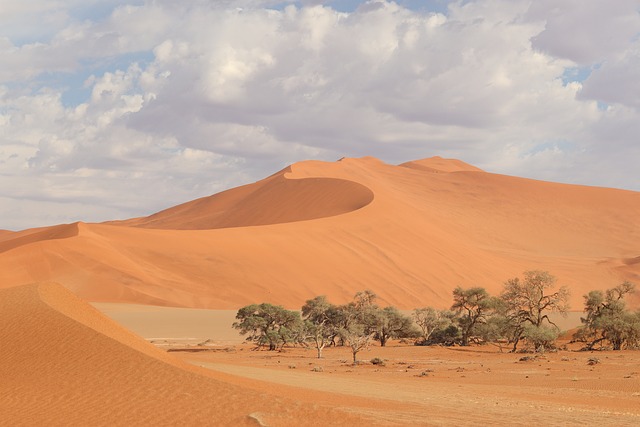Exploring Vegetation at Sea Level: Environment and Climate Change Perspectives
When we think of vegetation, images of lush forests, vibrant gardens, and sprawling fields often come to mind. However, as we delve into the specific ecosystems found at sea level, we uncover a unique tapestry of life that is intimately connected to the environment and influenced by the looming specter of climate change. The delicate balance of these ecosystems can evoke a sense of wonder and vulnerability, reminding us of our shared responsibility to protect our natural world.
Vegetation at sea level is more than just a collection of plants; it serves as a critical component of our environment. Coastal areas are home to diverse ecosystems such as mangroves, salt marshes, and seagrasses, each playing a vital role in maintaining ecological balance. These habitats provide essential services, including carbon sequestration, flood protection, and habitat for countless species. The rich biodiversity of sea-level vegetation is not only a wonder to behold but also fundamental to the health of our planet.
However, the threats posed by climate change cast a shadow over these vital ecosystems. Rising sea levels, driven by melting ice caps and thermal expansion, are encroaching upon coastal vegetation, threatening to submerge these invaluable habitats. In addition, increasing temperatures and changing precipitation patterns disrupt the delicate life cycles of coastal plants, potentially leading to shifts in species composition and loss of biodiversity.
As we explore the vegetation at sea level, the impacts of climate change become painfully apparent. Mangrove forests, which serve as crucial buffers against storm surges, are retreating in some areas due to saline inundation and increased soil erosion. Similarly, salt marshes, which filter pollutants and provide nursery grounds for marine life, are increasingly at risk. The challenges faced by these ecosystems reflect a larger narrative of environmental change, urging us to recognize the pressing need for conservation and resilience strategies.
Moreover, the connection between local communities and coastal vegetation is profound. Many coastal populations rely on these ecosystems for their livelihoods, from fishing to tourism. The degradation of sea-level vegetation not only threatens biodiversity but also the economic and cultural well-being of these communities. Engaging with and supporting local efforts to protect and restore coastal habitats can foster a deeper connection to the land and its resources.
In the face of climate change, it is crucial to advocate for stronger environmental policies and practices that recognize the intrinsic value of vegetation at sea level. This can involve supporting mangrove restoration projects, promoting sustainable coastal development, and fostering community engagement in conservation efforts. By aligning our actions with the rhythms of nature, we can work together to build a more sustainable future, where the beauty and functionality of our coastal ecosystems endure for generations to come.
In sum, exploring the vegetation at sea level reveals not just the intricacies of the environment but also the pressing concerns associated with climate change. It is a call to action for all of us to appreciate, protect, and restore these vibrant ecosystems that sustain life and beauty along our shores.




